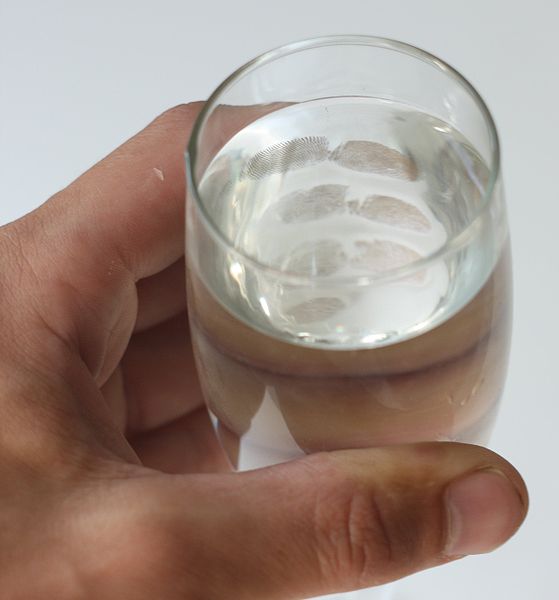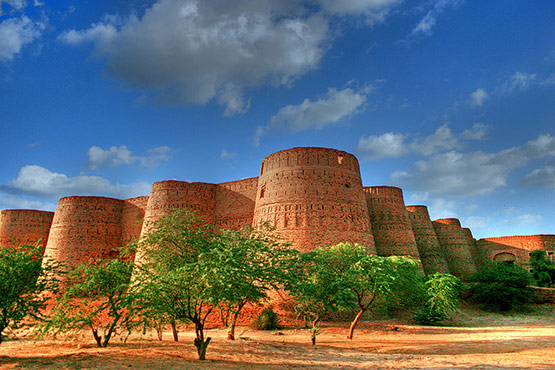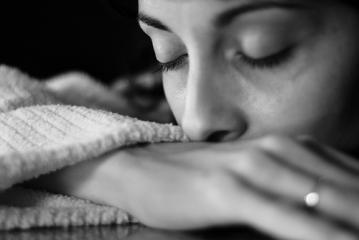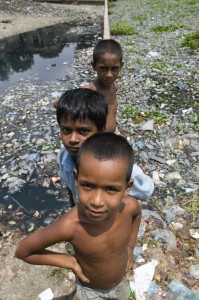Weight loss techniques are a dime a dozen these days, with experts touting all sorts of different diet and exercise regimens as the solution to obesity. But new research set to be presented at the 240th National Meeting of the American Chemical Society (ACS) offers a simple approach that involves no drugs and has no negative side effects. According to researchers, drinking two glasses of water before each meal will help you to lose more weight.
“We are presenting results of the first randomized controlled intervention trial demonstrating that increased water consumption is an effective weight loss strategy,” explained Brenda Davy, Ph.D., senior author of the study, to reporters.” In this recent study, we found that over the course of 12 weeks, dieters who drank water before meals, three times per day, lost about five pounds more than dieters who did not increase their water intake.” Read more












